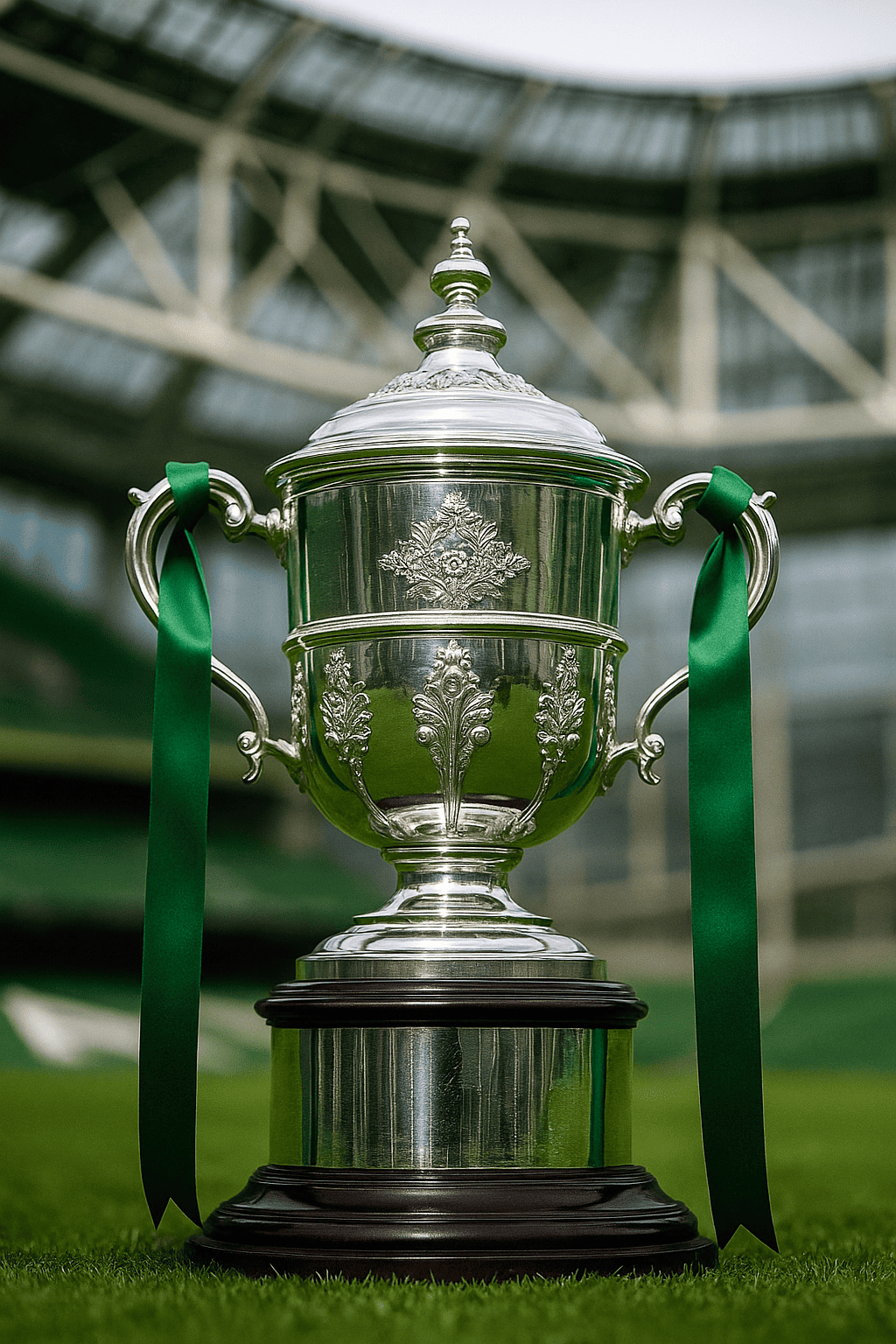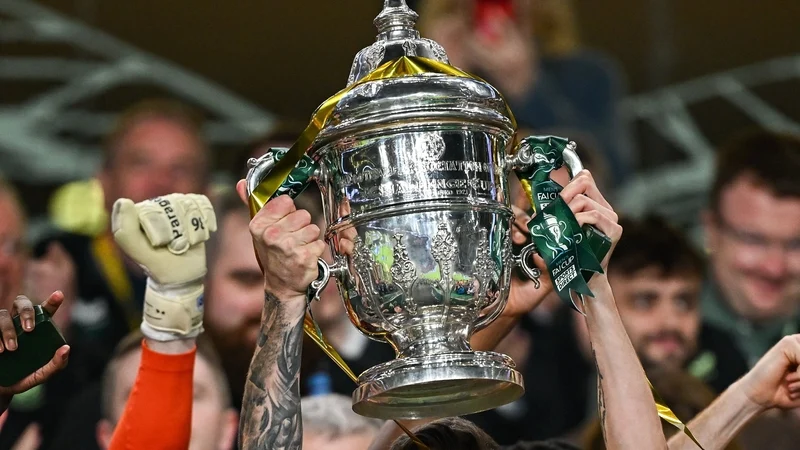
From the opening whistle, the tempo belonged to Rovers. Their fluid transitions and sharp pressing left Cork City chasing shadows. Yet for the first half-hour, the underdogs resisted with admirable discipline, blocking passing lanes and relying on the counterattacks of Ben O’Riordan and Barry Coffey. It was a game balanced between hope and control until the moment that changed everything — a reckless tackle from Cork defender Harry Nevin in the 42nd minute, punished with a straight red card. Reduced to ten men, City’s structure collapsed like a bridge under strain, and the remainder of the evening belonged to the champions.
Manager Stephen Bradley’s side sensed blood. After halftime, they advanced with surgical precision, pinning Cork in their own third. Rory Gaffney, the veteran forward who has become the beating heart of Rovers’ attack, struck twice within six minutes — first finishing a low cross after a fluid combination between Jack Byrne and Dylan Watts, then curling a left-footed shot into the far corner that froze the stadium into reverent silence before erupting in green celebration. Gaffney’s brace didn’t just win the final; it sealed a narrative of dominance that stretched across an entire year of Irish football.
The statistics tell a simple story of control: Rovers finished with 67 % possession, 14 shots on target to Cork’s two, and 530 completed passes. Yet numbers can’t capture the aura that surrounded the team. This was a display of maturity — of a club that has learned to win not only with flair but with restraint. Their defensive line, marshalled by Roberto Lopes and Lee Grace, barely wavered, while goalkeeper Alan Mannus — playing perhaps his final cup final — ensured that every rare Cork attempt was met with calm assurance.
For Cork City, this final may hurt, but it also signals a rebirth. After several years of rebuilding and their return to top-flight football, reaching Aviva Stadium itself was a triumph of perseverance. Manager Liam Nash admitted afterward that the red card “killed the momentum,” yet the first 40 minutes proved that Cork’s younger players possess the heart and hunger to return. Their fans, thousands in number, remained chanting until the last whistle, defiant in defeat and proud of the journey.
Historically, the 2025 final marks Shamrock Rovers’ 26th FAI Cup title — a record unmatched in Irish football. It also completes their first League-and-Cup double since 1987, a gap of nearly four decades. For supporters, this victory carries generational resonance: grandparents who once watched the 1980s glory years now share the moment with grandchildren raised in the digital age of streaming and instant replays. Aviva Stadium glowed that evening not only with green light but with continuity — proof that tradition can still thrive amid modern spectacle.
From a professional football perspective, the Rovers’ success represents a blueprint of sustained growth. Over the past five years, the club has invested in youth development, modern analytics, and tactical evolution. Their passing structure borrows from continental models — a 3-4-2-1 shape that morphs fluidly into a high press. Every movement appears calculated, every counterattack rehearsed. This blend of data and discipline has elevated the Irish domestic league’s standards, and their dominance now demands that rivals innovate or fade.
On a broader scale, the FAI Cup Final remains one of Ireland’s few sporting rituals that unites the island’s diverse football cultures. Unlike the fast-rotating cycles of European leagues, the Irish Cup carries local intimacy — the sense that players and fans are separated only by the width of a touchline. At Aviva that night, amid rain-dampened scarves and drums, there was something quintessentially Irish: a mix of grit, song, and quiet pride.
For the national game, this final also matters economically. The live broadcast on RTÉ Sport reached record streaming numbers, marking a 22 % increase over 2024’s final. Social media analytics show “FAI Cup Final 2025,” “Shamrock Rovers vs Cork City,” “Rory Gaffney goals,” and “Aviva Stadium Dublin” trending across Ireland and the UK. In SEO terms, these phrases now anchor much of the digital coverage — demonstrating how Irish football is learning to thrive in the algorithmic age.
From a journalistic standpoint, what made the 2025 final exceptional wasn’t the surprise of the result but the precision of its inevitability. Shamrock Rovers didn’t stumble into victory — they constructed it brick by brick, match by match. Cork City didn’t collapse — they were simply outclassed by a machine that’s been engineered for excellence. If sport is theatre, this was a tragedy for one side and a coronation for the other.

https://www.rte.ie/sport
In the aftermath, Stephen Bradley’s post-match statement summed up the spirit of his squad: “We’ve built something here that belongs to everyone who wears green and white — from the academy to the terraces.” That inclusiveness may be the real legacy of this final. Beyond the silverware, Rovers’ triumph reinforces the idea that Irish clubs can aspire to European relevance, that professionalism and local identity can coexist.
The curtain fell on Aviva Stadium with confetti swirling in cold November air, the cup raised high, and chants echoing into the night: “Rovers on top again.” The 2025 FAI Cup Final will be remembered not just as a football match but as a statement — that Irish football, often overshadowed by its English neighbour, possesses stories, rivalries, and heroes entirely its own. Shamrock Rovers have written the latest chapter, and they did it with authority, artistry, and a touch of destiny.
